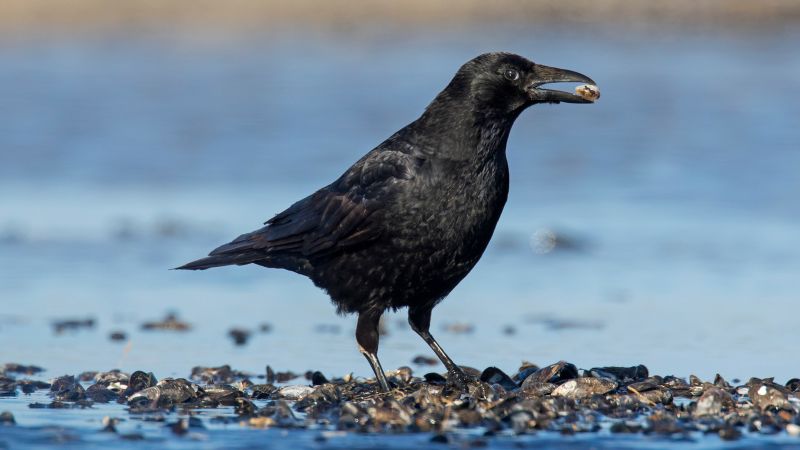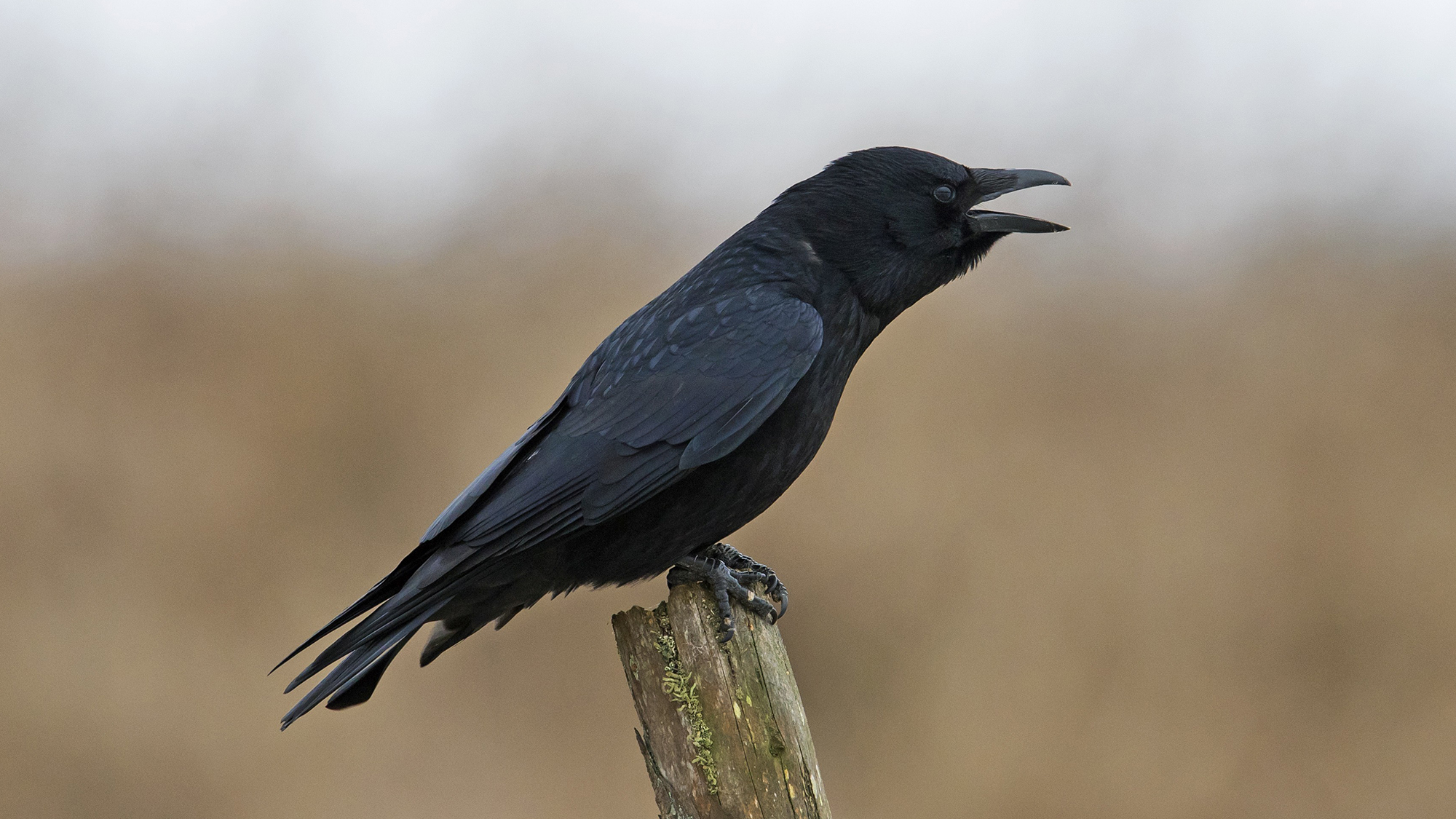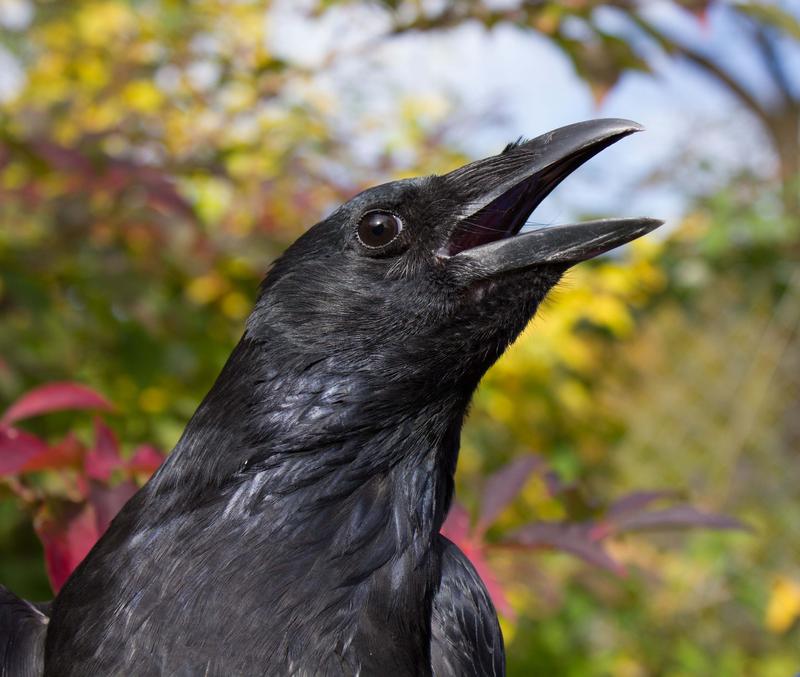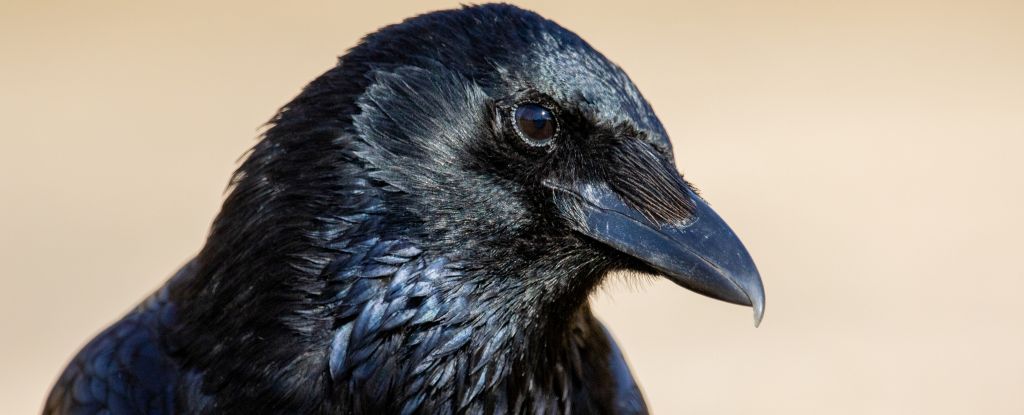Crows Can Count Out Loud, Similar to Human Toddlers
Recent research has revealed that crows have the ability to vocally count up to four, similar to the way human toddlers learn to count. A team of researchers at the University of Tübingen in Germany conducted a study where they found that crows can match the number of calls they make with the numeral shown to them. This discovery sheds light on the cognitive abilities of crows and their capacity to recognize and react to numbers in a way that mirrors human behavior.
The study, published in the journal Science, demonstrates that crows can learn to associate numerals with values and count out loud accordingly. By training three carrion crows over multiple sessions, researchers observed that the birds could produce the corresponding number of caws based on visual and auditory cues from 1 to 4. The crows showed the ability to plan ahead and make decisions about the number of calls they would produce before vocalizing, indicating a level of control over their counting abilities.
This research challenges previous assumptions about animal cognition and behavior, suggesting that crows possess advanced numerical thinking skills that go beyond simple stimulus-response reactions. The study’s findings highlight the complex cognitive processes at work in the minds of these intelligent birds and provide insights into the mechanisms underlying their ability to understand and respond to numerical information.
Crows’ Ability to Count Challenges Traditional Beliefs About Animal Intelligence
The study on crows’ counting abilities conducted by researchers at the University of Tübingen has sparked discussion about the nature of animal intelligence and the complexity of cognitive processes in non-human species. By demonstrating that crows can associate numerals with values and produce the corresponding number of calls, the study challenges the traditional view of animals as mere stimulus-response machines.
According to Kevin McGowan, a researcher at the Cornell Lab of Ornithology, the findings of the study suggest that crows possess the ability to think ahead and communicate in a structured, preplanned manner. This level of cognitive sophistication indicates that crows may have the capacity for language and symbolic communication, laying the groundwork for further research into the cognitive abilities of these remarkable birds.
The study’s results provide valuable insights into the cognitive processes underlying crows’ counting abilities and raise questions about the nature of intelligence in the animal kingdom. By demonstrating that crows can not only count but also plan and control their vocalizations based on numerical cues, the research opens up new avenues for exploring the complexities of avian cognition and behavior.
The Evolution of Crow Intelligence: From Tool Use to Numerical Thinking
The recent study on crows’ counting abilities adds to a growing body of research on the intelligence of these fascinating birds. Scientists have long been intrigued by the cognitive abilities of crows, from their creation of compound tools to access food to their capacity for numerical thinking. The ability of crows to recognize and respond to numerical cues highlights the evolutionary trajectory of their intelligence and sheds light on the sophisticated cognitive processes at work in their brains.
Studies dating back to 1968 have explored the hypothesis that crows can count based on their vocalizations, with more recent research confirming the birds’ ability to recognize and match numerical values. The findings of the University of Tübingen study suggest that crows’ brains can represent different quantities and quickly learn to associate Arabic numerals with those quantities, a skill typically taught to human children.
The evolution of crow intelligence is a testament to the adaptability and complexity of avian cognition, challenging our understanding of animal behavior and cognitive processes. By investigating the cognitive abilities of crows, researchers are uncovering new insights into the minds of these remarkable birds and the ways in which they navigate and interact with their environment.






